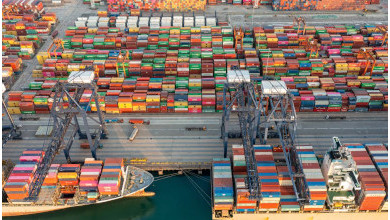The drop in Shanghai’s port productivity, which is driven by to the lack of people working due to Covid lockdowns, can be seen in the container wait time at the port, according to CNBC’s new Supply Chain Heat Map.
“In Shanghai, ocean terminals, warehouses, and trucking services are operating as normal but with lower efficiency due to staff shortages and lack of drivers,” said Brian Bourke, chief growth officer of SEKO Logistics.
CNBC’s Supply Chain Heat Map is a new data tool CNBC created along with 10 of the world’s top maritime and logistics data providers. It shows the scores of challenges facing the global supply chain in real time, so investors can understand the inventory problems facing companies.
Trade is a forward-looking indicator of a country’s economic health as well as a company’s supply chain. A vessel at rest is not making money. A container at rest means inventory issues. The heat map tracks all of the critical pieces within the supply chain: factory capacity, vessel availability, container availability, trucking capacity, port productivity, vessel transit time and rail capacity.
Tesla announced last week it was forced to reduce its vehicle production in its Shanghai because of the lack of parts. Toyota had to halt production in eight factories in Japan for the same reason. The company announced its May production for both Lexus and Toyotas would be cut due to the lockdowns. Automakers Volkswagen, Mazda, General Motors have also had to scale back production as a result.
To see the full story from Lori Ann LaRocco at CNBC.com, click here.
